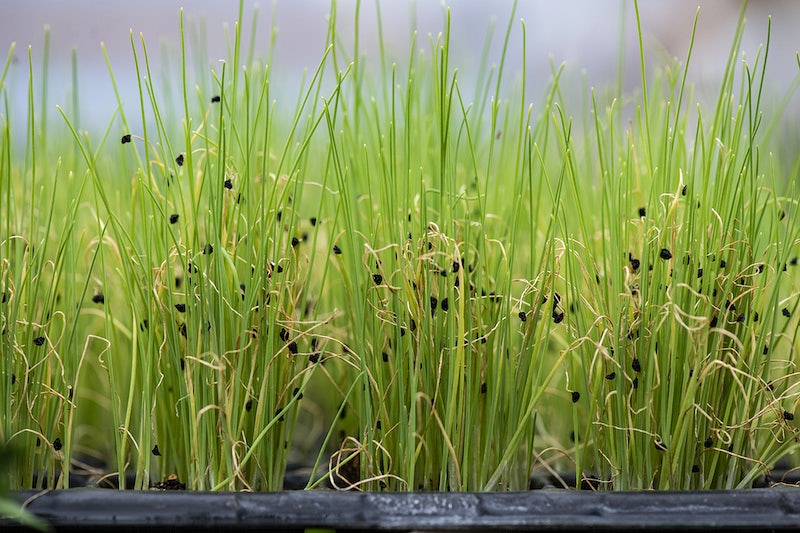In the realm of agriculture and environmental conservation, the practice of aquaponics is making waves. This exploration delves into the principles, practices, and the profound impact of aquaponics, demonstrating how it’s transforming the way we grow food, conserve water, and promote sustainable agriculture.
The Synergy of Aquaponics
Aquaponics is a symbiotic system that combines aquaculture (fish farming) and hydroponics (soil-less plant cultivation) into a harmonious cycle. In this self-sustaining ecosystem, fish and plants collaborate to create a thriving and environmentally friendly method of food production.
The Aquaponics Setup
In an aquaponics system, fish are raised in tanks, and their waste-rich water is circulated to nourish plants growing in a soil-less medium. The plants act as a natural filter, cleaning the water, while the fish waste provides essential nutrients for plant growth. This closed-loop system minimizes water wastage and the need for synthetic fertilizers.
Sustainable Agriculture
Aquaponics epitomizes sustainable agriculture. It uses a fraction of the water required in traditional soil farming, making it a viable solution for water-scarce regions. The system’s efficient use of resources, reduced reliance on chemicals, and minimal environmental impact are key factors in promoting sustainability.
Diverse Crop Cultivation
Aquaponics allows for the cultivation of a wide variety of crops, from leafy greens and herbs to fruiting plants. The controlled environment and balanced nutrient supply result in accelerated growth and consistent yields, making it an ideal choice for fresh produce.
Healthy, Eco-Friendly Fish Farming
Fish farming, an essential component of aquaponics, is conducted in a controlled and sustainable manner. It provides a source of high-quality, locally sourced fish and promotes responsible aquaculture practices. Fish waste is repurposed to nourish plants, reducing water pollution and environmental strain.
Educational and Community Benefits
Aquaponics systems are increasingly integrated into educational institutions and community projects. They offer hands-on learning opportunities, especially in urban settings, where traditional agriculture may not be practical. These systems promote environmental awareness and food self-sufficiency.
Challenges and Considerations
While aquaponics offers numerous benefits, it is not without its challenges. It demands careful monitoring to maintain the delicate balance of the ecosystem. There is also a learning curve for those new to aquaponics, as successful management requires a nuanced understanding of both plant and fish care.
Conclusion
Aquaponics is a shining example of how innovation can address critical issues in agriculture, environmental conservation, and water resource management. It embodies sustainability, resource efficiency, and local food production, making it a powerful tool for mitigating the challenges of modern agriculture. As our world grapples with growing populations, environmental constraints, and the need for more responsible food production, aquaponics stands as a beacon of sustainable and eco-conscious practices, offering a promising path to a healthier, more resilient future.


Pingback: The Digital Transformation of Agriculture with Drones
Pingback: Exploring Aquaculture Farming: Sustaining Seas, Nourishing Nations